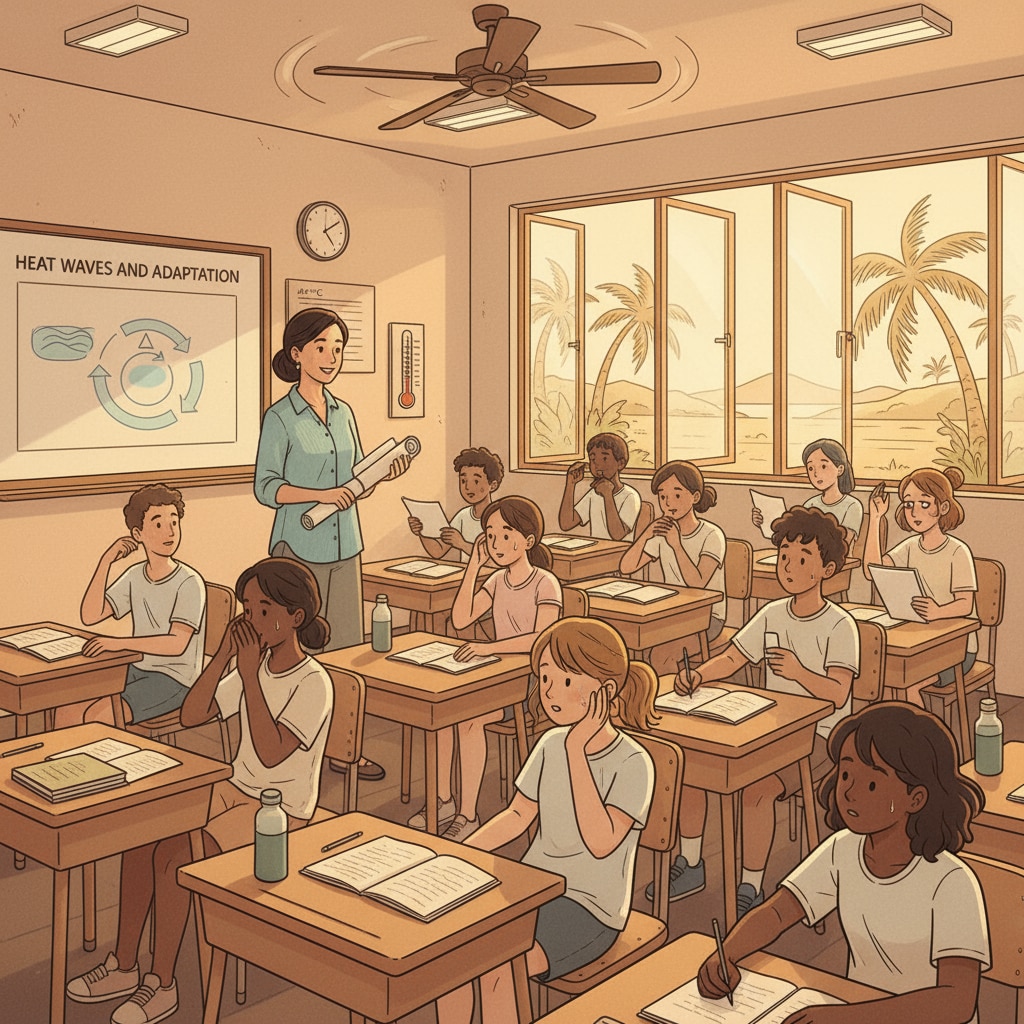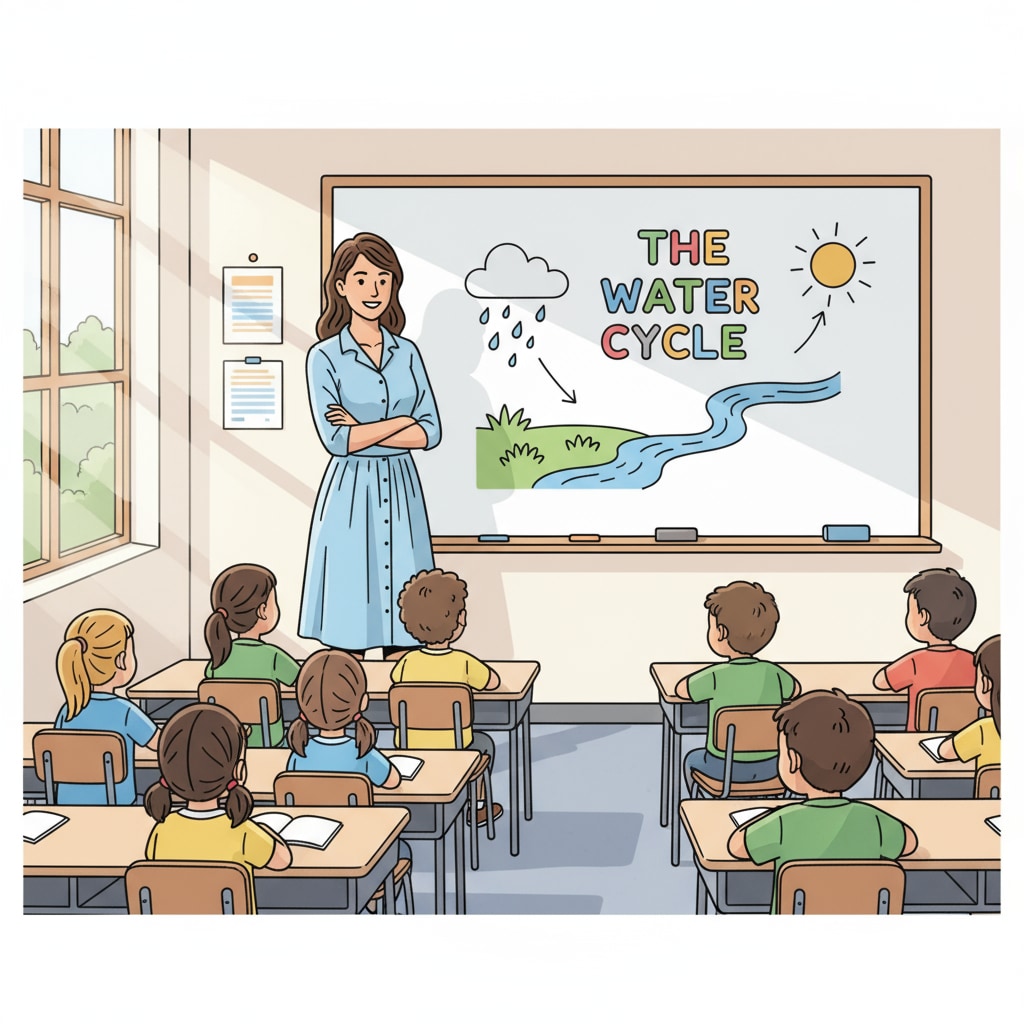In hot classrooms without air conditioning, teachers often struggle to find the perfect balance between maintaining a professional appearance and staying comfortable. This can be particularly challenging during the summer months when temperatures soar. However, with the right knowledge and strategies, teachers can make smart clothing choices that keep them cool and composed while still looking professional.

Understanding the Challenges of Hot Classrooms
Hot classrooms without air conditioning can be a significant source of discomfort for teachers. High temperatures can lead to sweating, fatigue, and difficulty concentrating. These factors can not only affect a teacher’s physical well-being but also their ability to deliver engaging lessons. For example, a teacher who is constantly distracted by the heat may find it hard to maintain the attention of their students. Therefore, it’s crucial to address these challenges through proper clothing selection and cooling methods. Impact of Classroom Environment on Learning
Optimal Summer Attire for Teachers
When choosing summer clothing for hot classrooms, teachers should prioritize comfort and breathability. Lightweight, natural fabrics such as cotton, linen, and bamboo are excellent choices as they allow air to circulate and absorb moisture. Loose-fitting clothes are also a great option as they provide more room for air movement. For instance, a flowy cotton dress or a pair of linen trousers can be both comfortable and professional. In addition, lighter colors reflect sunlight and heat, helping to keep the body cooler. So, instead of dark colors, opt for pastels or white.

Cooling Strategies Beyond Clothing
In addition to choosing the right clothing, teachers can also employ various cooling strategies. Using a small fan can provide a refreshing breeze and help lower body temperature. Keeping a water bottle nearby and staying hydrated is also essential. Moreover, taking short breaks in cooler areas of the school, if available, can offer some relief from the heat. Another effective strategy is to use cooling products like cooling towels or ice packs. These can be placed on the neck or wrists to cool down quickly. How to Cool Down Body Temperature
By implementing these strategies, teachers can better cope with the heat in hot classrooms without air conditioning. They can maintain their professional image while ensuring their own comfort, which in turn can lead to more effective teaching and a better learning environment for students.
Readability guidance: The article uses short paragraphs and lists to summarize key points. Each H2 section provides useful information. The passive voice and long sentences are kept to a minimum, and transition words are used throughout to enhance readability.


